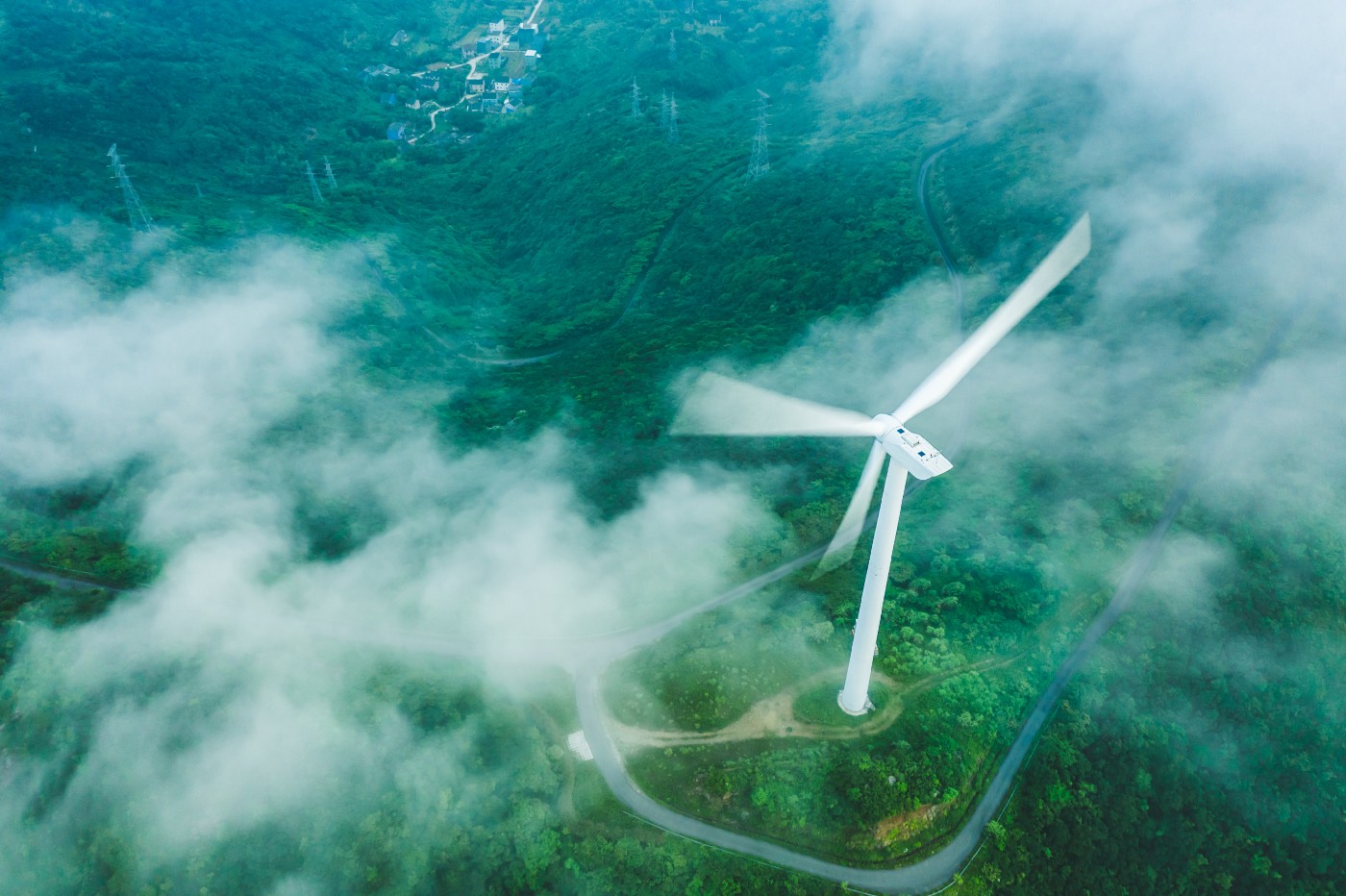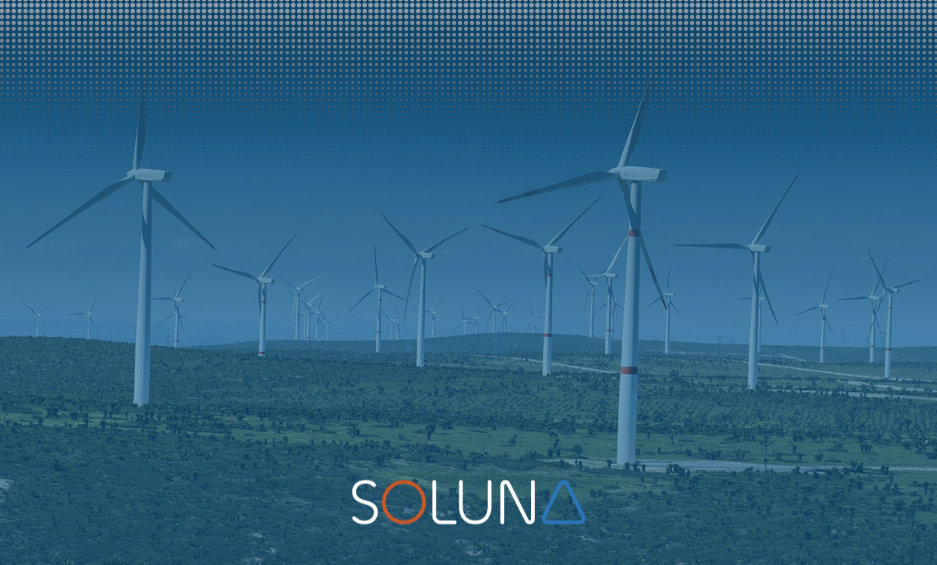By John Belizaire, Soluna Computing CEO
Renewable energy is ready…depending on who you ask.
Before renewable power can swoop in and save mankind, many questions remain outstanding. Even the staunchest advocates of naturally replenishable energy sources — solar, wind, geothermal — must be prepared to address reasonable concerns about this still-maturing field.
At Soluna, our perspective stems from our position in the sector, taking our unique approach to clean-powered data center development. We don’t just look at the technology — we’re studying this space from a regional and business perspective as well.
Our experience has confirmed that while most everyone knows the shift away from a fossil fuels-powered planet is imminent, it’s not a one-size-fits-all equation worldwide.
Cloud computing has emerged as Earth’s fastest-growing consumer of electricity, as the likes of Amazon, Google, Microsoft, Facebook, Apple, Baidu, and Alibaba continuously grow their networks, hosted applications, storage, and streaming media offerings. Bitcoin mining, with its energy-intensive Proof of Work computing process for minting new bitcoin, has also seen enterprise-like data center growth in the last few years.
The response to this problem that’s quickly escalating carbon emissions across the United States, Europe, and Asia just might be found in the Zero-carbon cloud (ZCCloud). ZCCloud is an innovative approach refined by a University of Chicago computer science professor, Andrew Chien, whose research is focused on reducing the fast-growing carbon footprint of cloud storage and applications.
Guided by the ZCCloud philosophy, the primary user of renewable energy — data centers — are built right on-site with the power generation facility. Importantly, these data centers are dispatchable, meaning that their power demands can be adjusted up or down, designed as intermittent computing resources that can be flexible in their needs, with the ability to scale depending on the power available.
This goes a long way towards solving the problem of “stranded power” that gets wasted when a renewable energy source can’t work effectively with a customer because they are too far away from each other, or the power requirement and availability don’t match up at the same time of day.
Meanwhile, mismatches are frequently taking place between renewable energy-generating facilities and the customers they hope to serve. Those facilities can reach a point where they’re generating more energy than can be effectively used by the grid, forcing them to temporarily shut down — even though the wind is still blowing the turbines, or the solar panels are soaking up the sun’s rays.
When the output of a renewable energy source is reduced below what it could have otherwise produced, that’s called curtailment. Curtailed renewable energy is a waste that we can avoid with smart planning — exactly where ZCCloud fits in.
Soluna Moves the ZCCloud Forward
To decarbonize the grid, we need to make renewable energy our primary or only source of power. And renewable energy is growing faster than the grid’s ability to keep up.
We have learned a lot about how to get the ZCCloud moving in the United States while developing our flagship projects, Project Sophie, our 25 MW data center in Kentucky, and Project Dorothy, our soon-to-be 100 MW wind-powered facility currently underway in Texas.
By co-locating our modular data centers with renewable power sources, we are providing a curtailment solution for power producers, but by adding our flexible load to the grid, we are also providing a solution to one of the biggest barriers to the global integration of renewables: grid infrastructure that is outdated, lacking, or failing.
With batchable computing, Soluna’s data centers can ramp up and ramp down to meet the needs of the communities the grid serves while still guaranteeing demand for power producers.
This way, power producers know that every electron is being sold, if not to the energy grid, then to Soluna.
The Future is Zero Waste
This is the perfect illustration of how ZCCloud can reach efficiency levels that were previously only possible with fossil fuel-driven utility-scale operations. By deploying dispatchable computing to the renewable power generation facility you create a network that is working in unison with the grid and synchronized to production.
Those advanced data centers can host an increasingly wide range of interesting computing functions beyond just storing Google docs and Facebook likes, or streaming cat videos. The whole computing landscape including scientific computing, AI, machine learning, blockchain computing, and more are poised to benefit and grow in this way.
While the proper pairing of the data center with renewable energy is integral to ZCCloud, there are many other components that shape this paradigm. Scheduling, resource management, data center design, distributed systems, and the overall power market all play key roles in this next-gen approach to making cloud computing carbon-free.
Soluna has been attracted to ZCCloud from the outset. It’s a perfect reflection of our own action plan, which is to seamlessly combine renewable energy development and dispatchable computing. We are energized by our developments in Kentucky and Texas and are working diligently to apply what we’ve learned to deploy ZCCloud in other energy-rich regions in Texas, California, Washington, and beyond.
Best of all, the infrastructure, resources, and regulatory framework are ready in these regions, meaning the ability to make these advances a reality is right at hand.
The global push for a clean cloud starts here, and the time is now.
This article was originally published on August 5, 2020 and updated on February 28, 2023




